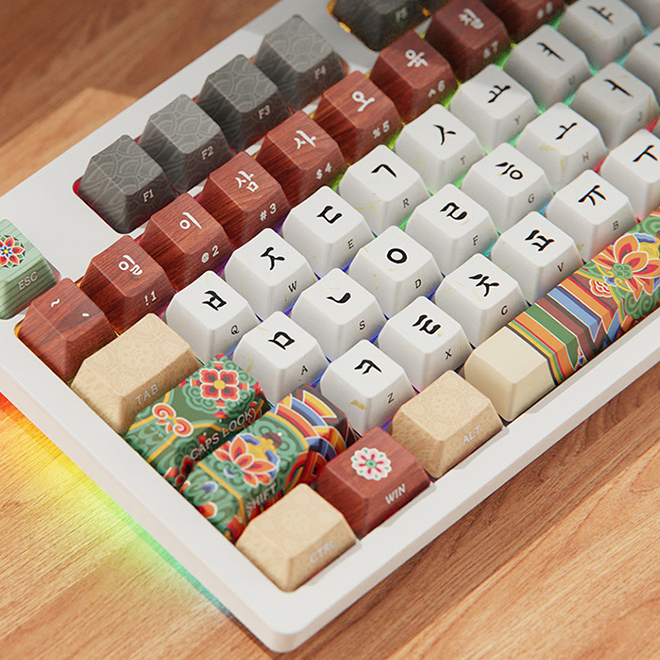How to Set Up Claude’s MCP: A Beginner’s Guide to AI Automation
We’re halfway through our Claude’s MCP series! By now, you know what MCP is (part one) and why it’s a productivity game-changer (part two). Today, we’re rolling up our sleeves for part three: how to set up MCP with Claude. This step-by-step guide will show you how to connect Claude to services like Slack and Firecrawl, using a real-world example—crawling AI news and posting to Slack. No coding degree required! Whether you’re automating reports or syncing apps, this post will get you started with MCP in 2025. Let’s jump in!
What You’ll Need
Before we begin, gather these tools:
- Claude Desktop App: Download it from claude.ai.
- Visual Studio Code (VS Code): Get this free code editor at code.visualstudio.com for tweaking config files.
- Node.js: Install it from nodejs.org to run MCP servers locally.
These are free and quick to set up, ensuring you’re ready to roll in minutes.
Step-by-Step Setup
Let’s configure MCP to crawl TechCrunch for AI news and post a report to Slack. Here’s how:
- Open Claude’s Config File
- Launch Claude’s desktop app, go to Settings > Developer Options, and click the edit icon. This opens claude-config.json, where we’ll add MCP servers.
- Open this file in VS Code for easy editing.
- Install Firecrawl for Web Crawling
- Head to GitHub and search “Awesome MCP Servers.” Find the Firecrawl server (great for scraping websites).
- Copy its JSON configuration and paste it into claude-config.json.
- Sign up at firecrawl.dev for a free API key (no payment needed for testing). Add the key to the config’s “API key” field.
- Add Slack for Messaging
- From the same GitHub repo, grab the Slack server’s JSON.
- Create a Slack app at api.slack.com. Name it (e.g., “ClaudeBot”), grant permissions like chat:write, and copy the bot token and team ID (from your Slack workspace URL).
- Paste the JSON into claude-config.json, adding the token and ID. Invite the app to a channel (e.g., #ai-news).
- Test the Magic
- Save the config, restart Claude, and check the “Tools” menu. Firecrawl and Slack should appear.
- Prompt Claude: “Crawl TechCrunch for 5 AI news articles, format as a Slack JSON report, and post to #ai-news.”
- Approve server access when prompted. Claude will scrape the data, create a sleek report, and post it to Slack—all in seconds.
Why It Works
This setup showcases MCP’s power: it chains complex tasks (crawling, formatting, posting) into one prompt. Without MCP, you’d write custom code for each step. With MCP, it’s a single server install, saving you time and headaches.
What’s Next?
You’re now an MCP setup pro! In our final post, we’ll explore real-world MCP applications, like syncing YouTube data to Notion. Try this setup and share your results in the comments—what servers are you testing? Visit claude.ai to start, and stay tuned for part four!
